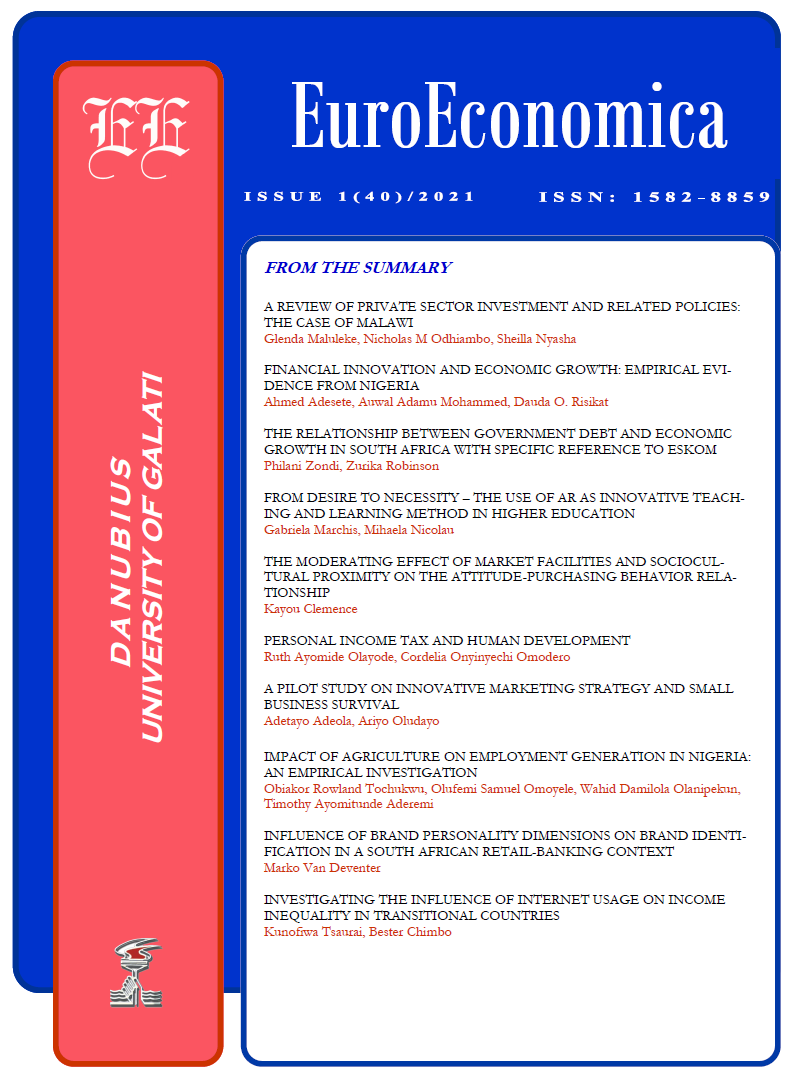Multidimensional Poverty Indicator and Its Determinants in Rural South Africa
Multidimensional Poverty Indicator and Its Determinants in Rural South Africa
Author(s): B.C. Mosasane, Abayomi Samuel OyekaleSubject(s): National Economy, Business Economy / Management, Social differentiation
Published by: Editura Universitară Danubius
Keywords: Rural Households; Multidimensional Poverty Indicator; Tobit Regression; South Africa;
Summary/Abstract: Poverty is prevalent among South African households and it is multidimensional in nature. This study therefore constructed indicator of multidimensional poverty and analyzed its determinants in rural South Africa. Data were obtained from the South African Demographic and Health Survey (SADHS) for 2016. The Alkire-Foster (AF) was used to compute multidimensional poverty indicator (MPI) and Tobit regression method was used to analysis its determinants. The results revealed that majority of the rural dwellers in KwaZulu-Natal were poor (93%). Eastern Cape and Limpopo provinces had 92% and 90% poverty rates respectively, while Western Cape had 61%. In addition, the results also showed that an average rural dweller in KwaZulu-Natal and Limpopo provinces were deprived in 76% of the weighted indicators, while North West and Mpumalanga provinces were each deprived in 70% of the weighted indicators. The Tobit regression results indicated that as size of household, male household headship, age and some provincial variables significantly explained MPI. Conclusively, a good percentage of the South African rural population were living in poverty. It was recommended that government should prioritise alleviating rural poverty with focus on regional, age and maternal fertility.
Journal: Euro Economica
- Issue Year: 40/2021
- Issue No: 2
- Page Range: 46-55
- Page Count: 10
- Language: English

